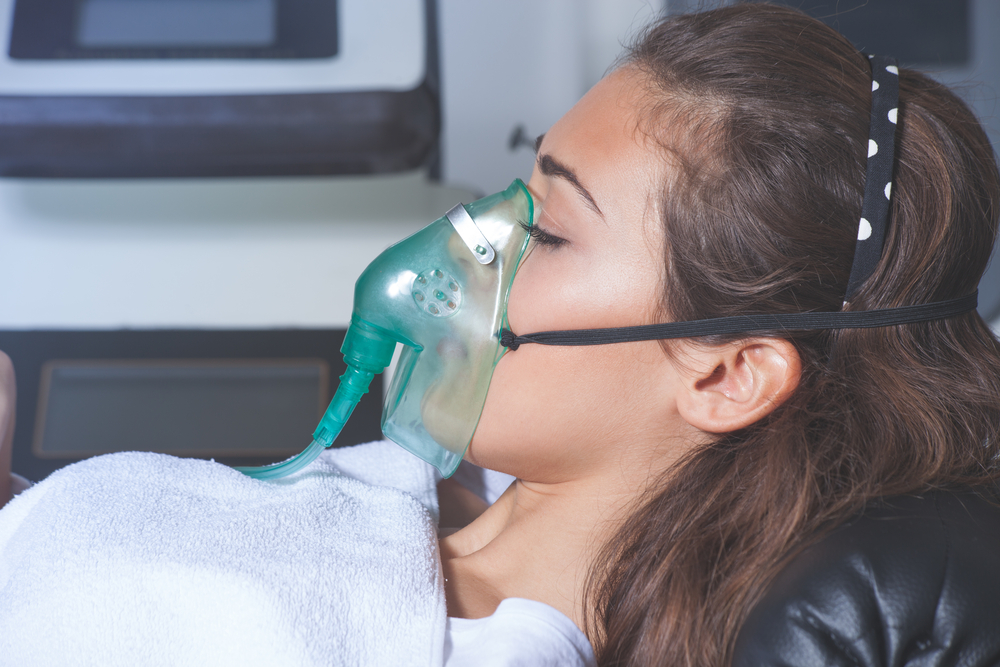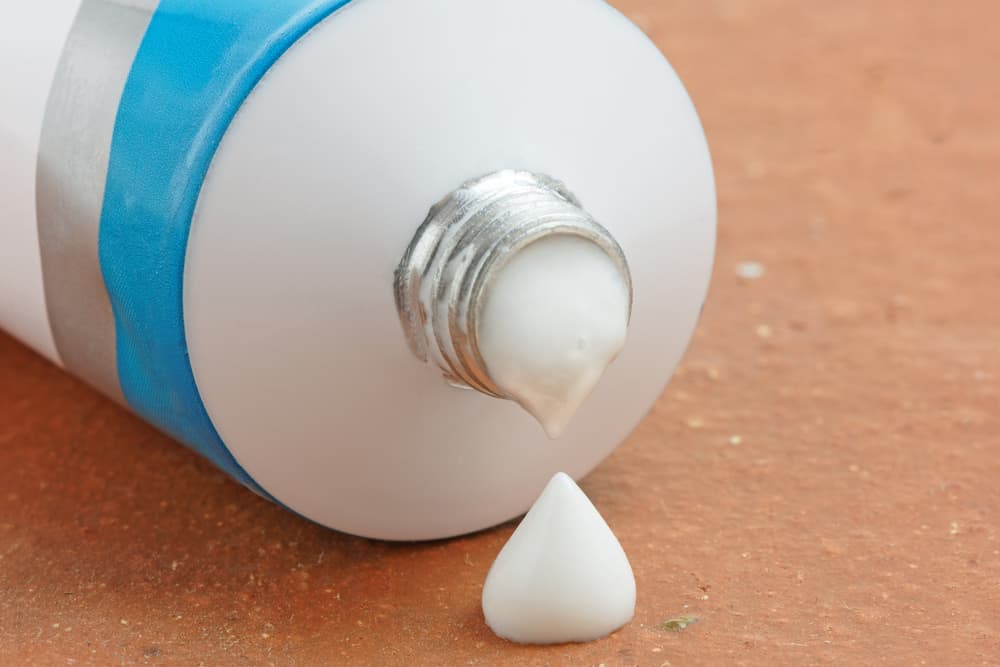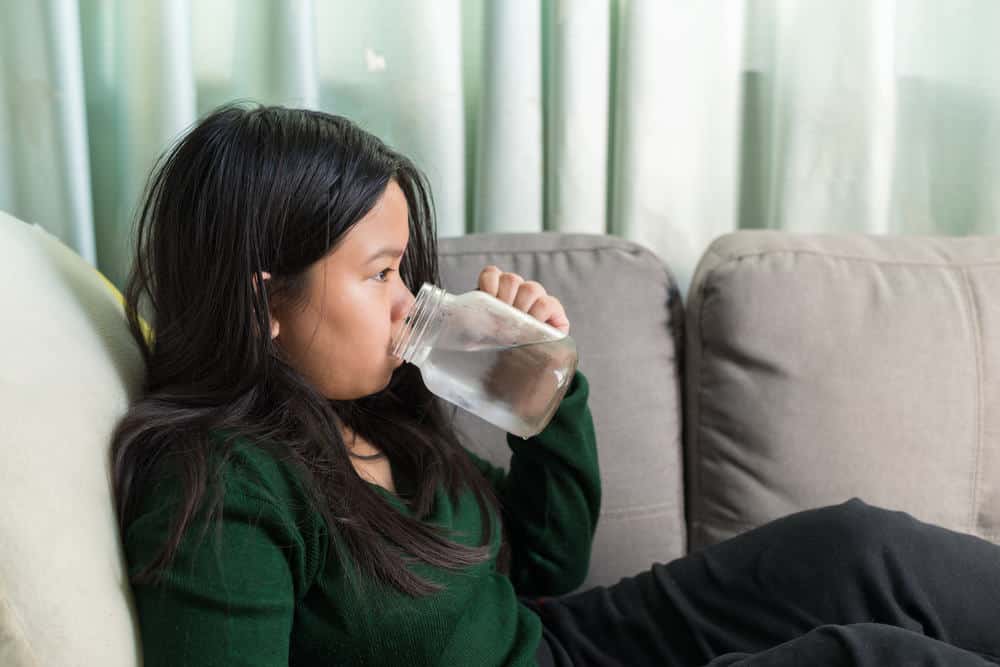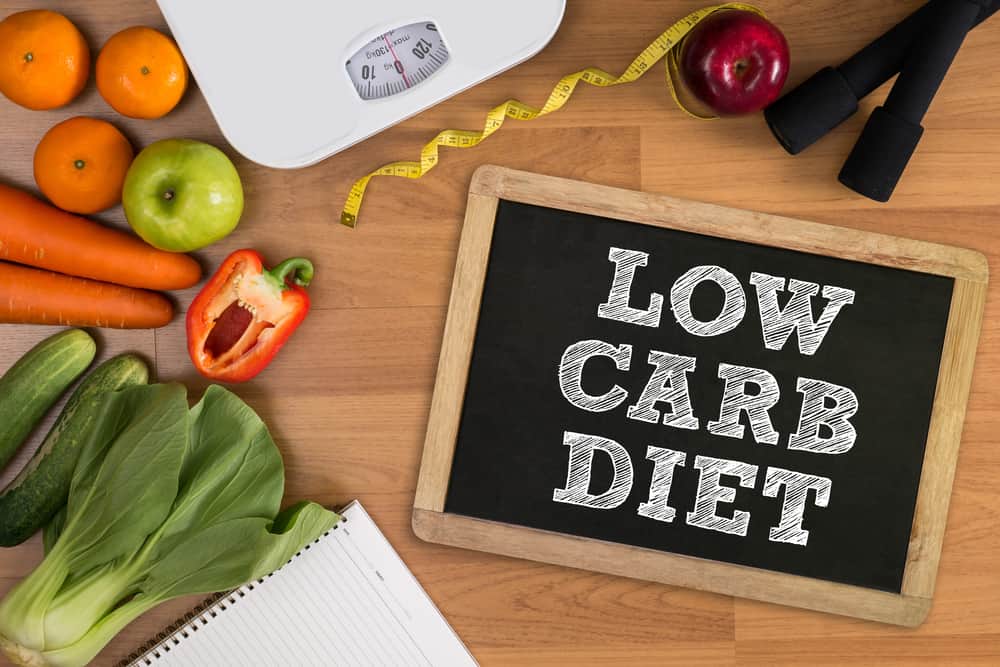Contents:
- Medical Video: What happens when you give a COPD patient too much Oxygen? (Practice Questions)
- COPD and hypoxia
- Symptoms of hypoxia
- Hypoxic complications
- Oxygen therapy is a treatment for hypoxia
- Compressed oxygen therapy
- Oxygen concentrator therapy
- Liquid oxygen therapy
- Don't forget also to avoid the trigger ...
Medical Video: What happens when you give a COPD patient too much Oxygen? (Practice Questions)
People with Chronic Obstructive Pulmonary Disease (COPD) will usually experience some respiratory disorders due to the disease. One of the conditions commonly experienced by people with COPD is hypoxia. What is hypoxia? And how to prevent it?
COPD and hypoxia
People with Chronic Obstructive Pulmonary Disease usually have damage to their lungs. Because of the damage, one of the problems they experience is difficulty breathing. COPD is a group of pulmonary disorders consisting of chronic bronchitis and emphysema. Both will limit the flow of air into the body.
The limited flow of air into the body will make the lungs have difficulty in taking oxygen from the air and releasing carbon dioxide. As a result, less oxygen enters the body. This condition can carry the risk of hypoxia.
Hypoxia is a condition of lack of oxygen intake for cells and body tissues. This condition can cause a number of other serious complications that can sometimes be life threatening. That is why knowing the signs and symptoms of hypoxia is very important in order to overcome them immediately before they develop into increasingly dangerous.
Symptoms of hypoxia
Cleveland Clinic defines hypoxia as a lack of oxygen in body tissues. Oxygen plays many roles in the maintenance of bodily functions. The only way to get oxygen into the body is through the lungs in the process of breathing.
When a person has COPD, the lung function will automatically be disrupted, so that oxygen circulation is also affected. As a result, oxygen intake in the blood will be less. If not realized quickly, this situation will bring you to a more fatal condition. That is why, it is important to know the symptoms of this condition so that you can immediately deal with it. Here are some common symptoms of hypoxia.
- Shortness of breath while resting
- Shortness of breath when you wake up
- Severe shortness of breath after physical activity
- Feeling choking
- Wheezing
- Cough often
- Skin and nails that turn bluish
Hypoxia causes the body to lack oxygen because the respiratory vital organs are damaged. This condition will cause another condition called hypercapnia. Hypercapnia occurs because the lungs store too much carbon dioxide due to the damage that makes it difficult to release carbon dioxide.
When breathing disorders occur due to damage to the lungs, this will affect oxygen intake in growth. This condition applies in both directions. That is, the body has difficulty getting oxygen and also releases carbon dioxide due to damage.
The accumulation of carbon dioxide in the body will be very dangerous for you. When someone has this condition, the process of breathing will also require extra effort compared to normal people.
Hypoxic complications
Although hypoxia due to COPD makes breathing difficult, this condition does not only have an impact on the lungs. When you cannot breathe in enough oxygen, your blood becomes a very important component. Oxygen is needed to carry out basic bodily functions. For example, hypoxia can cause serious effects on the health of your heart and brain.
Oxygen deficiency due to COPD can cause a condition called cerebral hypoxia. This type of condition occurs when the brain lacks oxygen and gets enough blood flow. According to National Institute of Neurological Disorders and Stroke, people who have cerebral hypoxia their brain will start to die in five minutes.
Hypoxia due to untreated COPD can also cause, among others:
- Depression and disorders mood others
- High blood pressure (hypertension)
- pulmonary hypertension
- Increased heart rate
- Heart failure
- Acute respiratory failure
- Secondary polycythemia (abnormal increase in the number of red blood cells)
Oxygen therapy is a treatment for hypoxia
Restoring a hypoxic state means you have to fulfill the alias of increasing the amount of oxygen that is lacking The general method used to supply oxygen deficiency into the body is through oxygen therapy.
Oxygen therapy is also called oxygen supplementation or oxygen prescription. This method is done by using a device that can supply oxygen to the lungs. Additional oxygen can reduce symptoms of shortness of breath, increase oxygen in the blood, and reduce the work of the heart. This method can also reduce the condition of hypercapnia.
Beforemake you prescribe oxygen, the doctor will run several tests to measure oxygen levels in your blood. There are several types of oxygen therapy that you can do depending on your needs. Here are some types of oxygen therapy that you might need to know.
Compressed oxygen therapy
Oxygen therapy is most often done using compressed oxygen. This type is available in the form of gas in a storage tube, or maybe you are more familiar with the term oxygen tube. In this tool there will be a meter that will help you monitor the amount of oxygen you breathe. Oxygen will then move through the hose from the tube and enter the body through a nose tube, face mask, or hose that is placed in the trachea.
Oxygen concentrator therapy
In addition to compressors, oxygen therapy is also available in the form of a concentrator. Concentrator oxygen takes air from the environment, filters other gases, then stores oxygen to be used as therapy. Unlike compressed oxygen, you do not have to use a tube that has been filled with oxygen.
Oxygen concentrator therapy is useful for people who always need oxygen therapy at all times. This tool requires electricity to work, so this device may not be as convenient as compressed oxygen.
Liquid oxygen therapy
In addition to the two methods above, the other remaining choice is liquid oxygen. Liquid oxygen can turn into gas when released from the container. Even though it doesn't need a place the size of compressed oxygen, according to National Heart, Lung, and Blood InstituteThis option tends to be more expensive. Moreover, liquid oxygen can also evaporate. This certainly can cause the supply may not last as long as other forms of therapy.
In addition to oxygen therapy to treat hypoxia, you may also need other supporting drugs, namely:
- Blood pressure medication
- Heart medicine
- Inhaler
- Bronchodilators to relieve the airway
- Steroids to treat inflammation in the airways
Don't forget also to avoid the trigger ...
Treating a disease but staying close to the trigger factors will make your treatment possible in vain. That is why, avoiding the causes of COPD can also help you avoid exacerbations of COPD or hypoxic conditions. Some of the trigger factors that you should avoid are:
- Smoke
- Cigarette smoke
- Air pollution
- Chemicals or dust in the air
COPD cannot be cured, so it is important to treat this condition correctly to prevent complications. Breath failure, which is a possible complication, is the main cause of death from COPD.
If you suffer from hypoxia due to COPD, you may need lifelong treatment to prevent complications from lack of oxygen. Treating low levels of oxygen in the body can really help you to breathe more easily and allow you to do daily activities. Oxygen therapy can even help you sleep better at night.
Hello Health Group does not provide medical advice, diagnosis or treatment.












